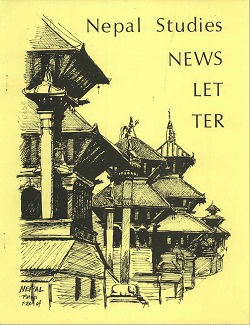Abstract
The paper looks at the development philosophy behind the establishment of the Lukzum Samdrupling, the first Tibetan refugee settlement in India and how it was received by the refugees. After reviewing Chinese development concepts in the 1950’s and 1960’s with an emphasis on Tibet, the paper explores the central concepts of Indian development philosophy at that time, such as cooperative, scientific farming and modern family planning, and how they were implemented in the design of Lukzum Samdrupling. Based on documents in the old settlement files the impact of various development schemes as well as resistance among the refugees are also highlighted with a special focus on the role of the foreign donor organization Swiss Technical Cooperation. In conclusion, the paper points out the irony in escaping from Tibet to avoid becoming objects of Chinese development philosophy only to become objects of a similar Indian development philosophy, and suggests that the planners conceived Lukzum Samdrupling as a model for rural development intended to show the benefits of modern life to people in the surrounding area and to bring development to an underdeveloped region of the country.
Recommended Citation
Magnusson, Jan. 2011. Tibetan Refugees As Objects Of Development. Indian Development Philosophy And Refugee Resistance In The Establishment Of Lukzung Samdrupling, The First Tibetan Refugee Settlement In India. HIMALAYA 30(1).
Available at:
https://digitalcommons.macalester.edu/himalaya/vol30/iss1/19


